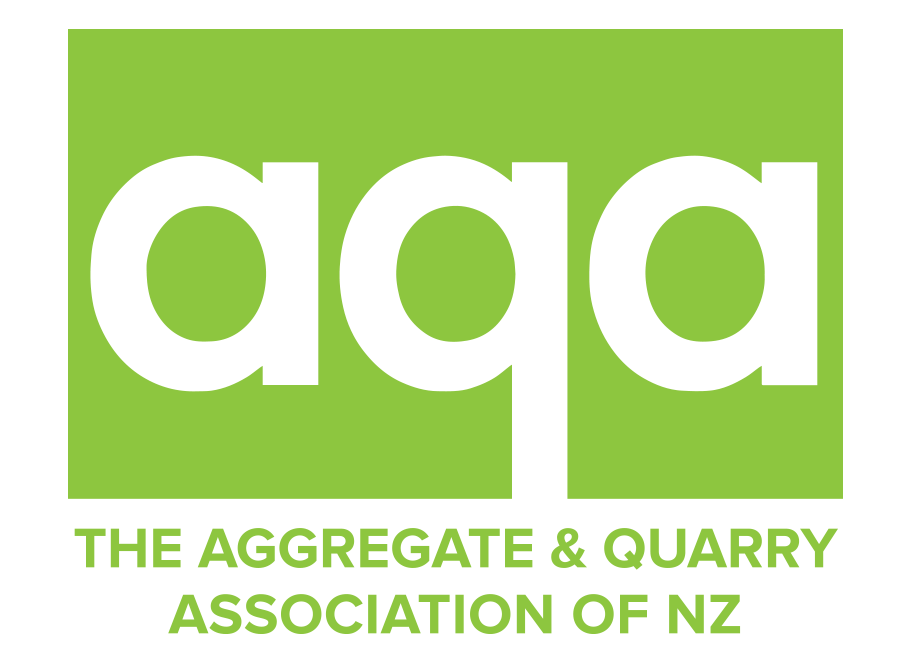The nation’s quarry industry holds its annual conference in Taranaki this week at what is described as a critical juncture for the sector and its fundamental role in helping build New Zealand.
Aggregate and Quarry Association (AQA) CEO Wayne Scott says the industry is at a crossroads with some signals pointing positive and others mired in ongoing negativity and constraint towards quarries.
He says the positives include the Government recognising quarries are fundamental to its $65 billion infrastructure programme and ambitions for housing.
“Quarries literally provide the foundations for every road and building. The Government’s Infrastructure Commission is leading the call in Wellington for RMA and other regulatory changes to get new quarries approved and existing ones reconsented without the usual years of delay and prohibitive costs.”
Wayne Scott says Environment Minister David Parker also intervened to revise new regulations on ‘natural wetlands’ which would have stopped many quarries from expanding into areas with little or no environmental qualities.
“However, we have a major Auckland quarry extension halted by the current regulations. It may still be captured under proposed changes to the definition of a natural wetland due to a narrow list of pasture species, based on the Greater Wellington area. This will potentially see it close many years earlier than it might have with desperately needed hard rock resources left in the ground.”
The AQA CEO says this is the sort of environmental tug-of-war which so often has seen quarries unable to open or expand, especially in the main centres.
“Taranaki, which is hosting our conference, has more than 40 operating quarries – 13 within 20km of New Plymouth. Auckland has only 9 quarries between Bombay and Puhoi and Wellington only 4 south of the Kāpiti Coast.”
He says the cost of rock and aggregate in Taranaki is amongst the lowest in the country because people can source it from a nearby local quarry; in contrast, Wellington with only a handful of quarries had to import material from Taranaki for Transmission Gully, causing huge trucking and carbon costs.
“That’s how bad our planning laws have become. We only need to look to Victoria which has modified its Planning and Environment Act to support the ongoing operation of quarries across the state – as well as increasing protections for anyone wanting to build near a quarry.”
Last financial year, Victoria granted consents for 14 new quarries (up from 3 the previous year) and a dozen more quarry work plans and variations are in process.
Wayne Scott says he’s aware of two new quarries consented across all of New Zealand in the same period.
“We don’t want environmental carte blanche. Our members work with councils and communities every day to meet and exceed consent requirements on noise, dust and truck movements. Many quarries create wetlands, not destroy them.
“What we need from this and successive Governments is an enduring regime which recognises the right of quarries to be part of the landscape, safe from urban encroachment and able to play their fundamental role in our nation’s development,” says Wayne Scott.



